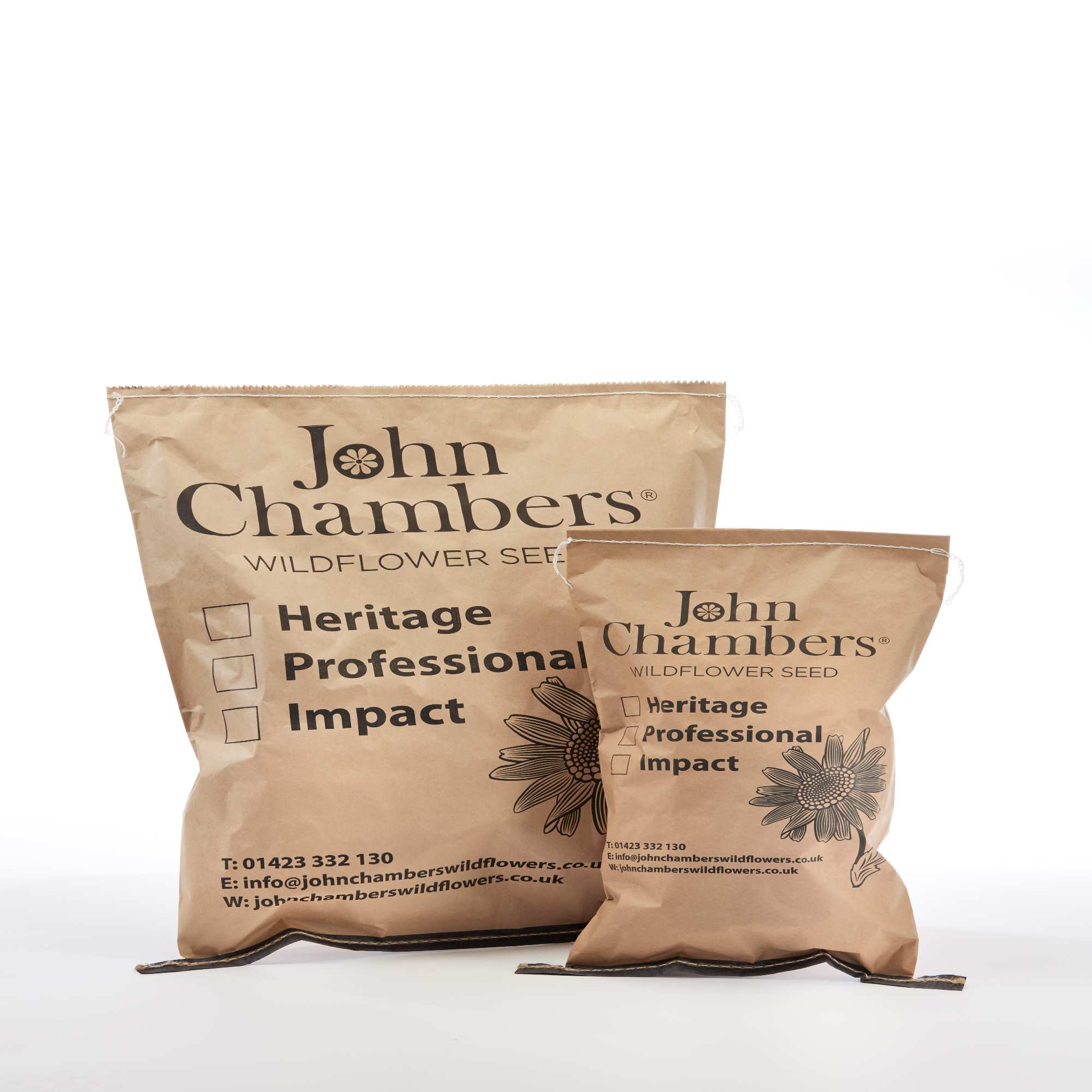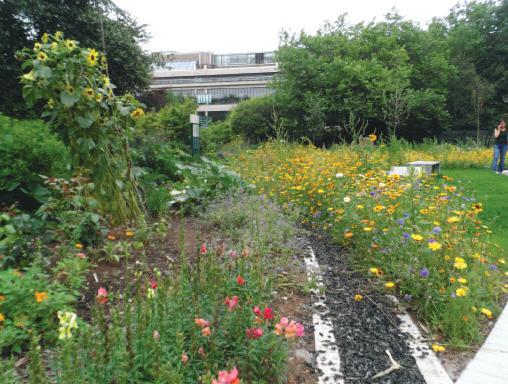Common Mallow Wildflower Seed
Common Mallow Wildflower Seed is common and widespread in England and Wales, often abundant near the coast, but its frequency diminishes towards Scotland. It can be found on roadsides, banks and areas of waste ground. Medicinally, Common Mallow was highly respected in the past as a treatment for a wide variety of complaints. The high mucilage content of the plant, found especially in the roots, was its chief asset. In modern times it has successfully been used to ease various internal inflammatory ailments. Children used to eat the small, doughnut-shaped (or cheese-shaped) seeds which have a slightly nutty flavour.
Common Mallow Wildflower Seed is common and widespread in England and Wales, often abundant near the coast, but its frequency diminishes towards Scotland. It can be found on roadsides, banks and areas of waste ground. Medicinally, Common Mallow was highly respected in the past as a treatment for a wide variety of complaints. The high mucilage content of the plant, found especially in the roots, was its chief asset. In modern times it has successfully been used to ease various internal inflammatory ailments. Children used to eat the small, doughnut-shaped (or cheese-shaped) seeds which have a slightly nutty flavour.
Latin Name
- Malva sylvestris
Life Cycle
- Perennial
Flowering Time
- June to October
Common Mallow Wildflower Seed Max Flowering Height
- 90cm
Common Mallow Wildflower Seed Approx Sowing Rate
- 5.5kg/acre
Wildflower Site Preparation
The site should be weed free. Annual weeds should be controlled by mechanical means or by the use of contact based herbicide. Perennial weeds, for example docks thistle, nettles and couch grass can be dealt with using a translocated herbicide such as Round-Up. Cultivate to achieve a fine seed bed, sow seed mix and then roll to ensure firmness. The best results are obtained when there is good contact between the soil and the seeds.
Sowing Times
Sowing can best be achieved by mixing the seed with dry sand, dry sifted topsoil or sawdust and evenly broadcast. It is important that the seed is in contact with moisture in the soil so the seedbed should be lightly raked and then rolled.
|
MAR |
APR |
MAY |
JUN |
JUL |
AUG |
SEP |
OCT |
|
Sowing Possible |
Sowing Possible |
Sowing Possible |
Sowing Possible |
Sowing Possible |
Sowing Possible |
Sowing Possible |
Sowing Possible |
|
Optimum Sowing Possible |
Optimum Sowing Possible |
Optimum Sowing Possible |
Not Optimum Sowing |
Not Optimum Sowing |
Optimum Sowing Possible |
Optimum Sowing Possible |
Optimum Sowing Possible |






.jpg)


